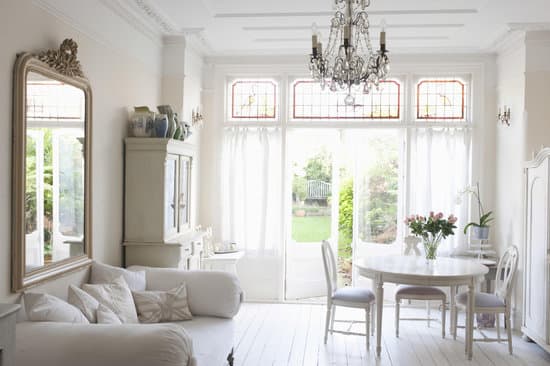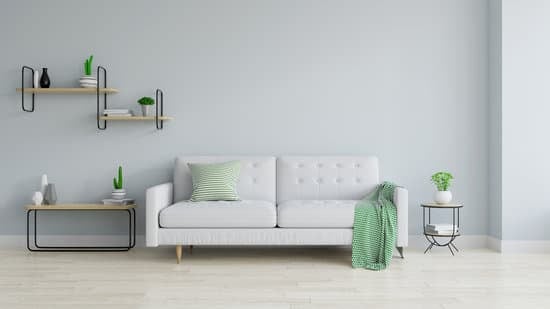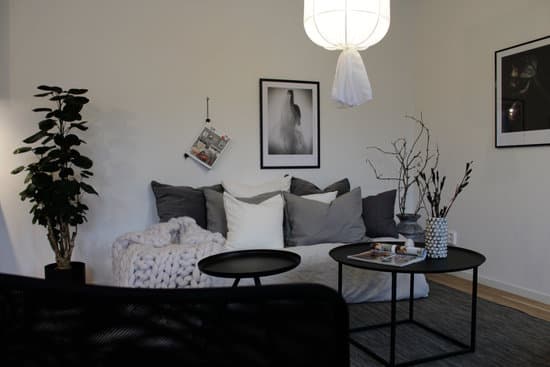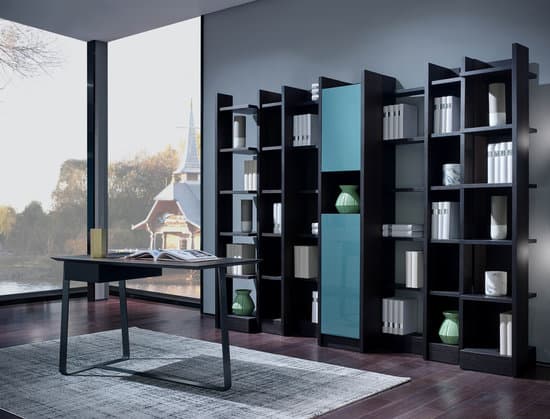Understanding the Japanese Aesthetic
Japanese design has always been revered for its simplicity, elegance and minimalism. The Japanese have an innate ability to create beautiful things with the fewest possible elements. Japanese design celebrates asymmetry, irregularity and natural textures. It is usually characterized by minimalism, functionality and the use of natural elements. The Japanese aesthetic is heavily influenced by Zen Buddhism, which preaches simplicity, mindfulness and the appreciation of beauty in imperfection. The Japanese believe that beauty can be found in the natural world and in the simplicity of everyday objects. Therefore, their design philosophy is deeply rooted in the appreciation of nature and the present moment.The Roots of Wabi-sabi
Wabi-sabi is an ancient Japanese aesthetic concept that celebrates imperfection, impermanence and incompleteness. Wabi-sabi is a combination of two words: wabi, which means simplicity, humility and understated elegance, and sabi, which means the passage of time, the beauty of decay and the acceptance of imperfection. Wabi-sabi has its roots in the traditional Japanese tea ceremony, which was created to reflect the Zen Buddhist principles of mindfulness, simplicity and humility. The purpose of the tea ceremony was to create a serene and tranquil atmosphere where the participants could appreciate the beauty of the tea bowl, the tea utensils, the flowers and the natural elements.Celebrating Imperfection with Wabi-sabi
Wabi-sabi celebrates the beauty of imperfection, asymmetry and natural textures. It celebrates the inevitable that all things will eventually deteriorate and it urges us to embrace the natural cycle of life and death. Wabi-sabi teaches us to appreciate the beauty in things that are imperfect, incomplete or transient. Wabi-sabi design involves the use of natural materials such as wood, stone, textiles and ceramics. It values the beauty that comes with age, use and wear. Wabi-sabi promotes minimalism, simplicity and understated elegance. It encourages us to slow down, appreciate the present moment and be mindful of our surroundings.Introducing Japandi – A New Design Trend
Japandi is a new design trend that is quickly gaining popularity among homeowners and designers alike. Japandi is a fusion of Japanese and Scandinavian design elements that combines the simplicity and minimalism of Japanese design with the warmth and coziness of Scandinavian design. Japandi design values simplicity, functionality and understated elegance. It involves the use of natural materials such as wood, stone, leather and linen. It merges the clean lines, light colors and natural textures of Scandinavian design with the asymmetry, irregularity and natural elements of Japanese design.Embracing Simplicity with Japandi
Japandi design emphasizes simplicity and minimalism, which helps create a calm and relaxing atmosphere in your home. The use of light colors, natural materials and simple shapes allows you to focus on the beauty of the objects and the space around them. Japandi design also promotes functionality and practicality, which helps you declutter your living space and create a more organized home. The simplicity and minimalism of Japandi design makes it easy to combine different pieces of furniture and accessories, making it ideal for small living spaces.The Fusion of Japanese and Scandinavian Design Elements
Japandi design combines the best of both worlds by merging the clean lines, light colors and natural textures of Scandnavian design with the asymmetry, irregularity and natural elements of Japanese design. Japandi design values simplicity, functionality and understated elegance. The use of natural materials such as wood, stone, leather and linen creates a warm and inviting atmosphere, while the clean lines and neutral colors give it a modern and minimalist feel.Comparing and Contrasting Japandi and Wabi-sabi
While Japandi and Wabi-sabi share some similarities, they are also quite different. Japandi is a fusion of Japanese and Scandinavian design elements, while Wabi-sabi is an ancient Japanese aesthetic concept that celebrates imperfection and impermanence. Japandi values simplicity, functionality and understated elegance. It involves the use of neutral colors, natural materials and simple shapes to create a modern and minimalist feel. Wabi-sabi, on the other hand, celebrates the beauty of imperfection, asymmetry and natural textures. It values the beauty that comes with age, use and wear.Incorporating Japandi and Wabi-sabi into Your Home Design
Both Japandi and Wabi-sabi design can be incorporated into your home design to create a calm and inviting atmosphere. Here are some tips on how to incorporate these design concepts into your home: Japandi:- Use light colors and neutral tones
- Use natural materials such as wood, stone and linen
- Combine different textures and materials to add depth and interest
- Keep the space uncluttered and organized
- Choose furniture and accessories that are functional and practical
- Embrace imperfection and asymmetry
- Value the beauty that comes with age, use and wear
- Use natural materials such as wood, stone and ceramics
- Combine different textures and materials to add depth and interest
- Choose simple and understated furniture and accessories



















